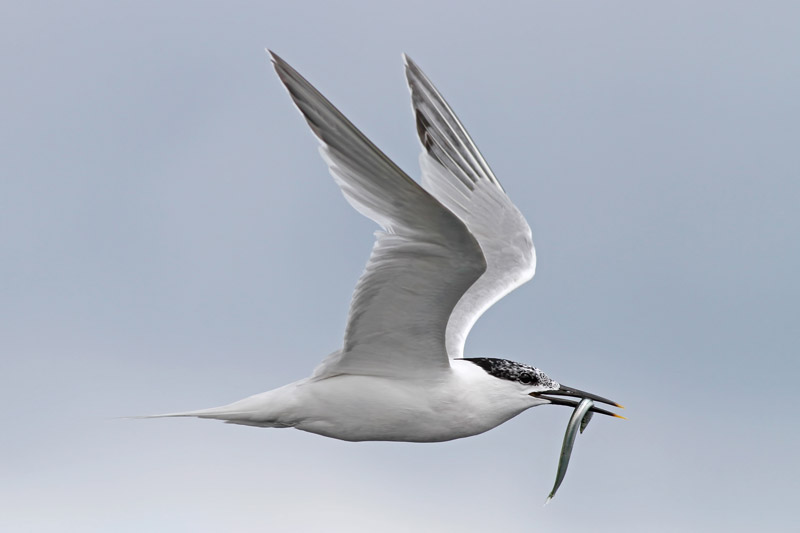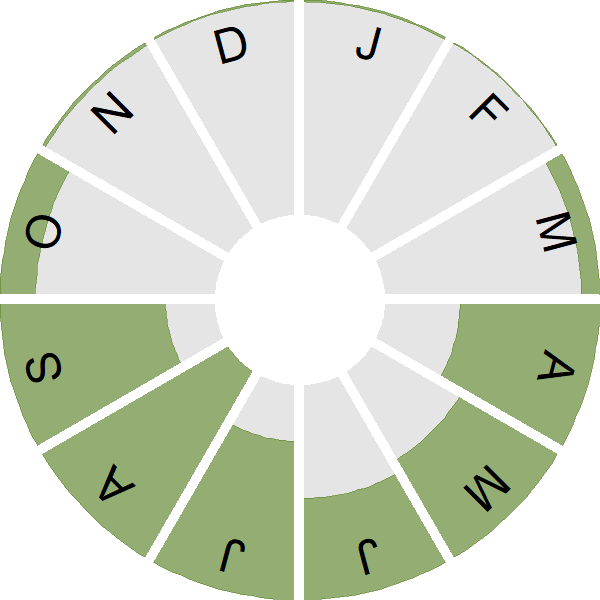Sandwich Tern
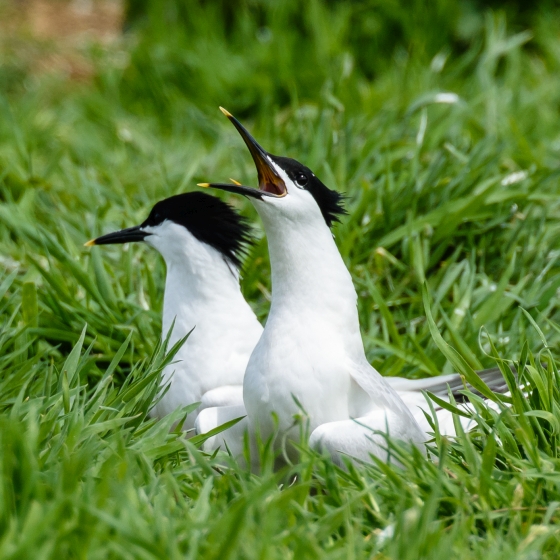
Introduction
A summer visitor to the UK, this shaggy-crested tern breeds exclusively on the coast in colonies, from the Isles of Scilly to Orkney.
A few Sandwich Terns can be seen in British and Irish waters during the winter months but most leave during autumn for the coast of West Africa.
Around 2,000 Sandwich Terns are ringed at their British and Irish breeding colonies each year; the BTO Online Ringing Report records several individuals reaching ages in their late twenties and covering distances on migration in excess of 4,000 km to their wintering locations.

Key Stats
Identification
ID Videos
This section features BTO training videos headlining this species, or featuring it as a potential confusion species.
Tern Identification Workshop Part 2: Roseate, Sandwich and Little Terns
Songs and Calls
Call:
Flight call:
Status and Trends
Conservation Status
Population Change
The Sandwich Tern population has remained relatively stable over the period covered by seabird censuses, with a moderate increase of 33% between 1969–70 and 1985–88 being followed by a shallow decrease of 15% up to the Seabird 2000 Census (1998–2002) (Ratcliffe et al. 2000). Results are not yet available from the most recent Census (Seabirds Count 2015–2021), but annual monitoring by the Seabird Monitoring Programme suggests that the relative stability of the population has continued to at least 2019 (JNCC 2022).
Distribution
Sandwich Terns breed in a relatively small number of large colonies scattered around the coasts of Britain and Ireland. Sandwich Tern is a regular wintering species, albeit it in very small numbers, along the North Sea coast southwards from the Firth of Forth and more regularly along the English south coast and around the Channel Islands. In Ireland records were clustered around Strangford Lough in the northeast and inner Galway Bay in the west.
Occupied 10-km squares in UK
or view it on Bird Atlas Mapstore.
or view it on Bird Atlas Mapstore.
European Distribution Map
Distribution Change
Colonies can move annually in response to changing conditions. Consequently, the distribution change map is marked by a mix of gains and losses, although overall a 22% range contraction is apparent since the 1968–72 Breeding Atlas.
Change in occupied 10-km squares in the UK
or view it on Bird Atlas Mapstore.
or view it on Bird Atlas Mapstore.
Seasonality
Sandwich Terns are mostly summer visitors and passage migrants in spring and autumn, although small numbers winter on the south coast.
Weekly pattern of occurrence
The graph shows when the species is present in the UK, with taller bars indicating a higher likelihood of encountering the species in appropriate regions and habitats.

Movement
Britain & Ireland movement
Foreign locations of birds ringed or recovered in Britain & Ireland
Dots show the foreign destinations of birds ringed in Britain & Ireland, and the origins of birds ringed overseas that were subsequently recaptured, resighted or found dead in Britain & Ireland. Dot colours indicate the time of year that the species was present at the location.
- Winter (Nov-Feb)
- Spring (Mar-Apr)
- Summer (May-Jul)
- Autumn (Aug-Oct)

European movements
EuroBirdPortal uses birdwatcher's records, such as those logged in BirdTrack to map the flows of birds as they arrive and depart Europe. See maps for this species here.
The Eurasian-African Migration Atlas shows movements of individual birds ringed or recovered in Europe. See maps for this species here.
Biology
Productivity and Nesting
Nesting timing
Egg measurements
Clutch Size
Survival and Longevity
Survival is shown as the proportion of birds surviving from one year to the next and is derived from bird ringing data. It can also be used to estimate how long birds typically live.
View number ringed each year in the Online Ringing Report.
lifespan
Survival of adults
Survival of juveniles
Biometrics
Wing length and body weights are from live birds (source).
Wing length
Body weight
Ring Size
Classification, names and codes
Classification and Codes
- Order: Charadriiformes
- Family: Laridae
- Scientific name: Thalasseus sandvicensis
- Authority: Latham, 1787
- BTO 2-letter code: TE
- BTO 5-letter code: SANTE
- Euring code number: 6110
Alternate species names
- Catalan: xatrac becllarg
- Czech: rybák severní
- Danish: Splitterne
- Dutch: Grote Stern
- Estonian: tutt-tiir
- Finnish: riuttatiira
- French: Sterne caugek
- Gaelic: Steàrnag-mhòr
- German: Brandseeschwalbe
- Hungarian: kenti csér
- Icelandic: Þaraþerna
- Irish: Geabhróg Scothdhubh
- Italian: Beccapesci
- Latvian: cekulzirinš
- Lithuanian: margasnape žuvedra
- Norwegian: Splitterne
- Polish: rybitwa czubata
- Portuguese: garajau
- Slovak: rybár sivý
- Slovenian: kricava cigra
- Spanish: Charrán patinegro
- Swedish: kentsk tärna
- Welsh: Môr-wennol Bigddu
Research
Causes of Change and Solutions
Causes of change
Although the population has remained relatively stable, annual productivity is highly variable (JNCC 2022) and predation by foxes may be a major driver affecting productivity and causing abandonment of some colonies (Ratcliffe et al. 2000)
Publications (6)
The status of the UK’s breeding seabirds
Author: Stanbury, A.J., Burns, F., Aebischer, N.J., Baker, H., Balmer, D., Brown, A.F., Dunn, T., Lindley, P., Murphy, M., Noble, D.G., Owens, R. & Quinn, L.
Published: 2024
Five seabird species are added to the Birds of Conservation Concern Red List in this addendum to the 2021 update, bringing the total number of Red-listed seabird species to 10, up from six since seabirds were last assessed. The Amber List of seabirds moves from 19 to 14 species, and the Green List increases from one to two species.
29.09.24
Papers
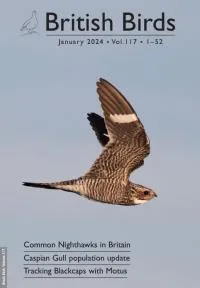
Seabird Population Trends and Causes of Change: 1986–2023
Author: Harris, S.J., Baker, H., Balmer, D.E., Bolton, M., Burton, N.H.K., Caulfield, E., Clarke, J.A.E., Dunn, T.E., Evans, T.J., Hereward, H.R.F., Humphreys, E.M., Money, S. and O’Hanlon, N.J.
Published: 2024
This report presents the latest seabird population trends in breeding abundance and productivity using data from the Seabird Monitoring Programme (SMP).The report documents changes in the abundance and productivity of breeding seabird species in Britain and Ireland from 1986 to 2023, and provides a detailed account of the 2021, 2022 and 2023 breeding seasons.This report includes both inland and coastal populations and trends from the Channel Islands, England, Isle of Man, Northern Ireland, Scotland, Wales and the Republic of Ireland, which are presented where sufficient data are available. The results from this report are used more broadly to assess the health of the wider environment, to inform policy and for conservation action.
21.11.24
Reports Research reports
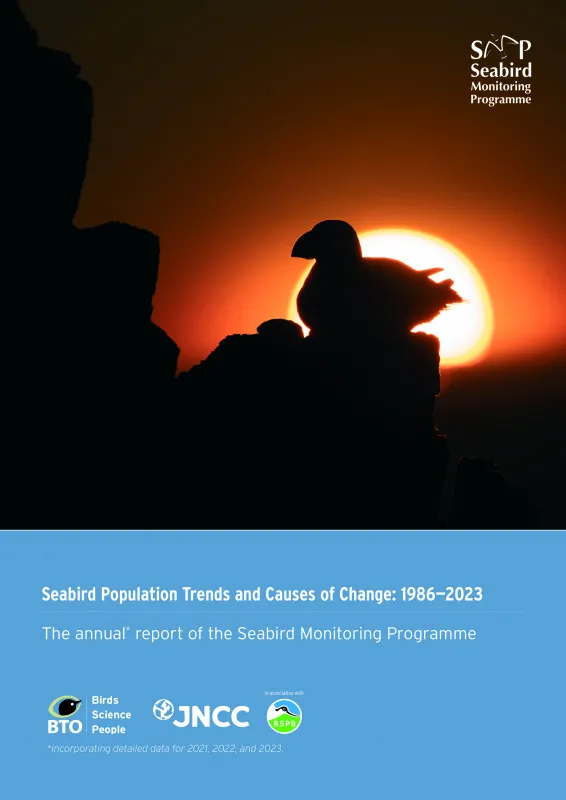
Impacts of highly pathogenic avian influenza on seabird populations in the North Sea are detectable in sea-watchers’ migration counts
Author: Macgregor, C.J., Gillings, S., Balmer, D.E., Boersch-Supan, P.H., Harris, S.J., Hereward, H.F.R., Humphreys, E.M., Pearce-Higgins, J.W., Taylor, R.C., Troost, G. & Atkinson, P.W.
Published: 2024
BTO research reveals that seabird population declines due to Highly Pathogenic Avian Influenza (HPAI) can be detected using data collected by volunteer seawatchers.
28.12.24
Papers
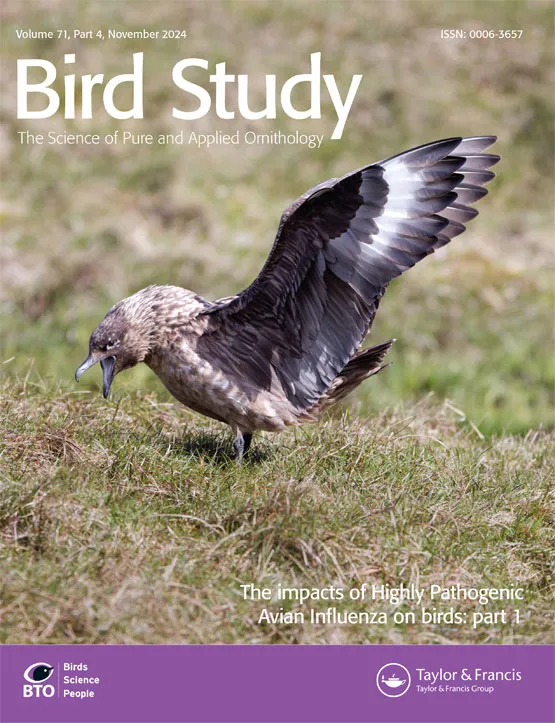
Northern Ireland Seabird Report 2023
Author: Booth, K.J. & El Haddad, H.
Published: 2024
The report includes detailed information about the population trends and breeding success of seabirds in Northern Ireland, over the 2023 breeding season. Notably, Fulmar and Kittiwake populations are reported to be experiencing continued declines, while Guillemot, Common Gull and Herring Gull populations show increases at most breeding sites.
15.04.24
Reports Northern Ireland Seabird Report

Birds of Conservation Concern Wales 4: the population status of birds in Wales
Author: Johnstone, I.G., Hughes, J., Balmer, D.E., Brenchley, A., Facey, R.J., Lindley, P.J., Noble, D.G. & Taylor, R.C.
Published: 2022
The latest review of the conservation status of birds in Wales. The report assessed all 220 bird species which regularly occur in Wales. There are now 60 species of bird on the Red List, with 91 on the Amber List and just 69 - less than a third of the total number of species - on the Green List.
06.12.22
Reports Birds of Conservation Concern

Relative roles of static and dynamic abiotic conditions as drivers of foraging behaviour in breeding Sandwich Terns
Author: Fijn, R.C. Thaxter, C.B., Geert Aarts, G., Adema, J., Middelveld, R.P. & van Bemmelen, R.S.A.
Published: 2022
New research involving BTO used GPS tagging to examine Sandwich Tern foraging behaviour during the breeding season. Like other seabirds, Sandwich Terns are so-called ‘central place foragers’ while they are incubating eggs and feeding chicks, shuttling to and from their nest site in search of food. However, successfully finding food on each trip away from the nest requires navigating a continually changing marine environment and relocating moving prey.
30.06.22
Papers
